In recent years, if it seems as though prices at the grocery store are rather high, it’s because they are. The average monthly grocery bill per household jumped over 70% from $325 in 2022 to $425 in 2023 and increased an additional 3.5% in 2024. As a result of inflation, labor costs, the supply chain, conflict, and climate change, it isn’t likely that costs will be dropping back down. With these growing costs, the need for budget tightening is heightened. and anything that can be done to alleviate the strain is a welcome help.
Although it might seem as though prices are astronomical and affording little extras at the market is impossible, it isn’t as bad as it once was. Nearly a century ago, American families contended with even greater financial hardship during the Great Depression. As unemployment spiked and wages collapsed, households had to leverage every ounce of resourcefulness to make ends meet. With grocery money extremely scarce, families deployed thrifty cooking techniques to make affordable ingredients into humble yet wholesome meals.
To determine cooking tricks from the Great Depression to save money, 24/7 Tempo referred to numerous news and encyclopedia sources including History.com. These time-tested methods for turning humble fare into wholesome, nourishing fare were a necessity when trying to extend what people could get out of a meal, and these techniques continue benefiting families seeking to make their grocery dollars stretch further.
Many of these resourceful cooking practices from the Great Depression persist among prudent households today, passed down from those who lived through the 1930s austerity to those who simply want more bang for their buck. In rural regions especially, time-honored tactics like foraging wild foods, home canning surplus produce, and preparing nutritious organ meats endure as budget-conscious traditions. Additional tips like substituting affordable vegetables for costly meats align well with current plant-based movements. (Check out every state’s vegan obsession, ranked.)
Here are cooking tricks from the Great Depression to save you money:
Make broth
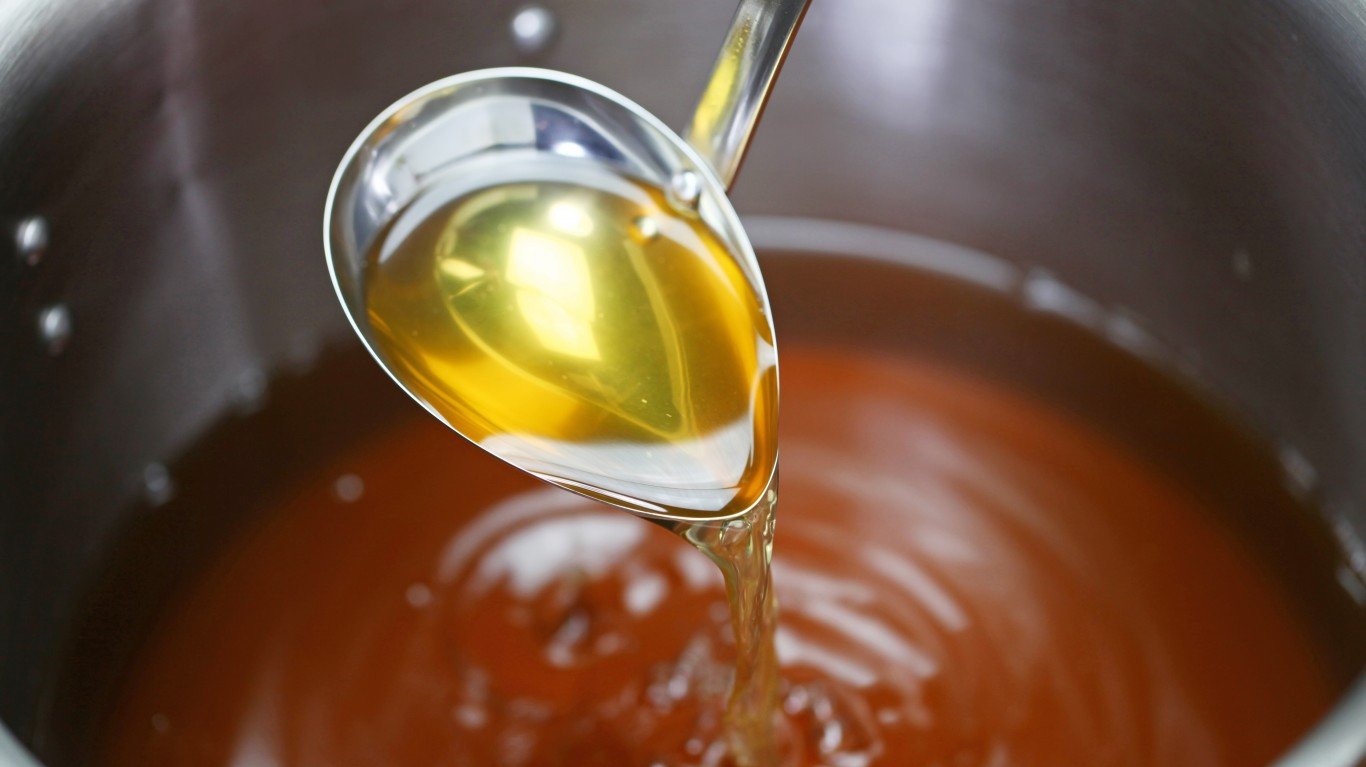
Nothing should be wasted and that includes food. Instead of discarding vegetable peels, they can be used to make a savory broth. Onion skins, carrot tops, celery ends, and other nutritive bits can be a base broth for soup. Bones from roasted chickens, steaks, ribs, and pork chops can also be added to the pot. Store your scraps in a big bag to keep in the refrigerator to make stock once a week, or freeze ingredients until you’re ready to simmer a big batch.
Keep meat consumption low
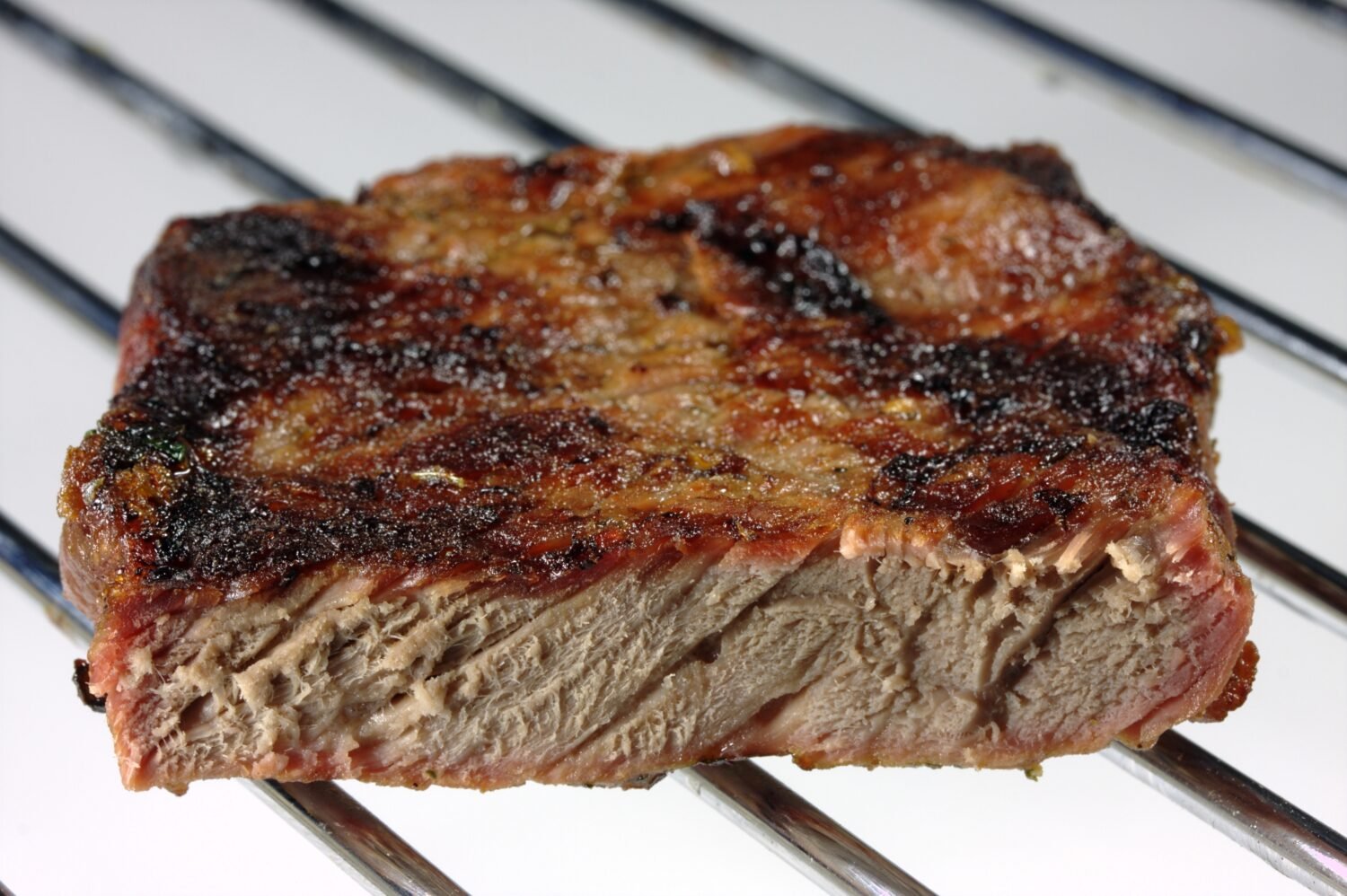
A piece of steak grilled into lifelessness.
Meat was often thought of as a luxury item because it was expensive and hard to come by at various points during the Great Depression. Small amounts of bacon or ham were used to flavor soups and pasta dishes, and if a large roast was available, it would be stretched for days by saving some for sandwiches and then putting the rest into a stew that could be filled out with vegetables.
Forage for wild foods
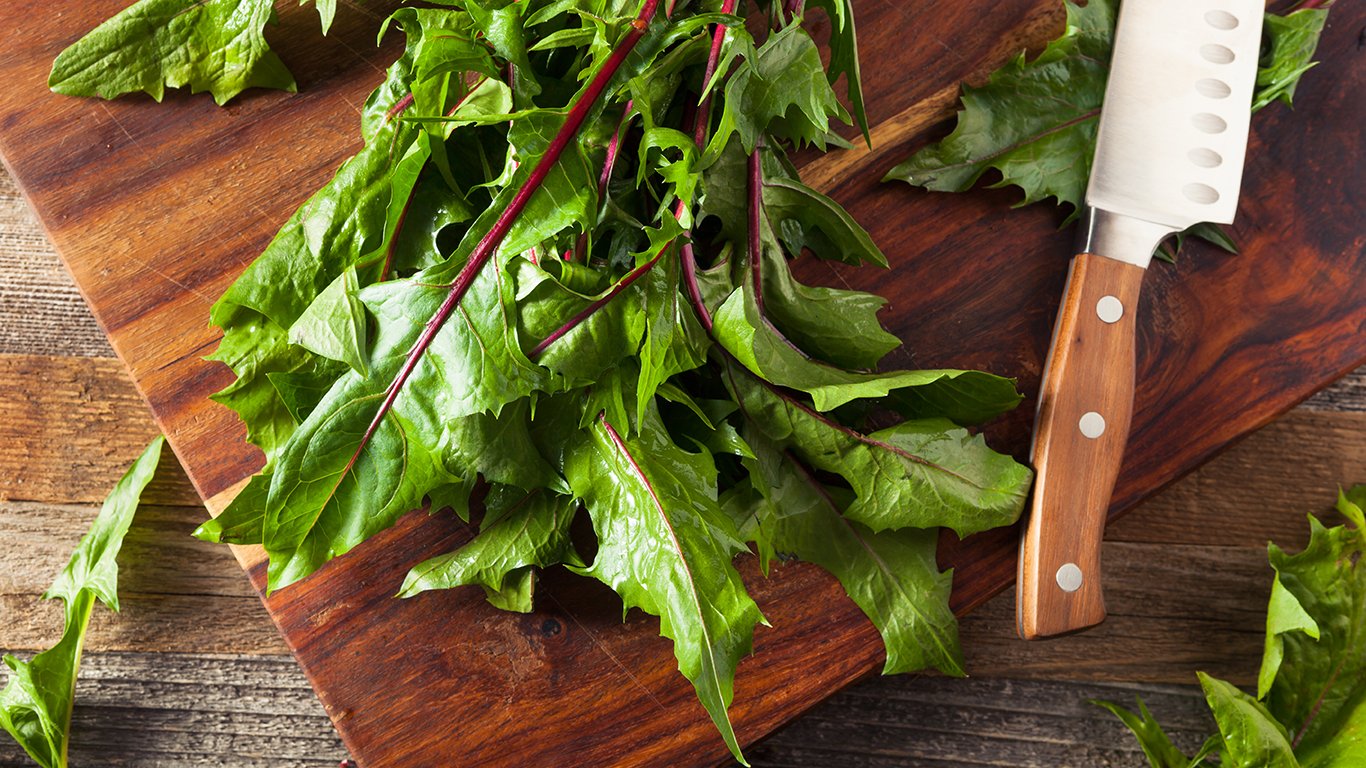
One of the more commonly used salad greens was dandelion leaves, a green that was – and still is – easy to find in yards and fields. When foraging for greens, be sure to choose areas that haven’t been sprayed with pesticides. Berries, chokecherries, persimmons, and wild grapes are other common wild edibles that are still prevalent today.
Use whole foods
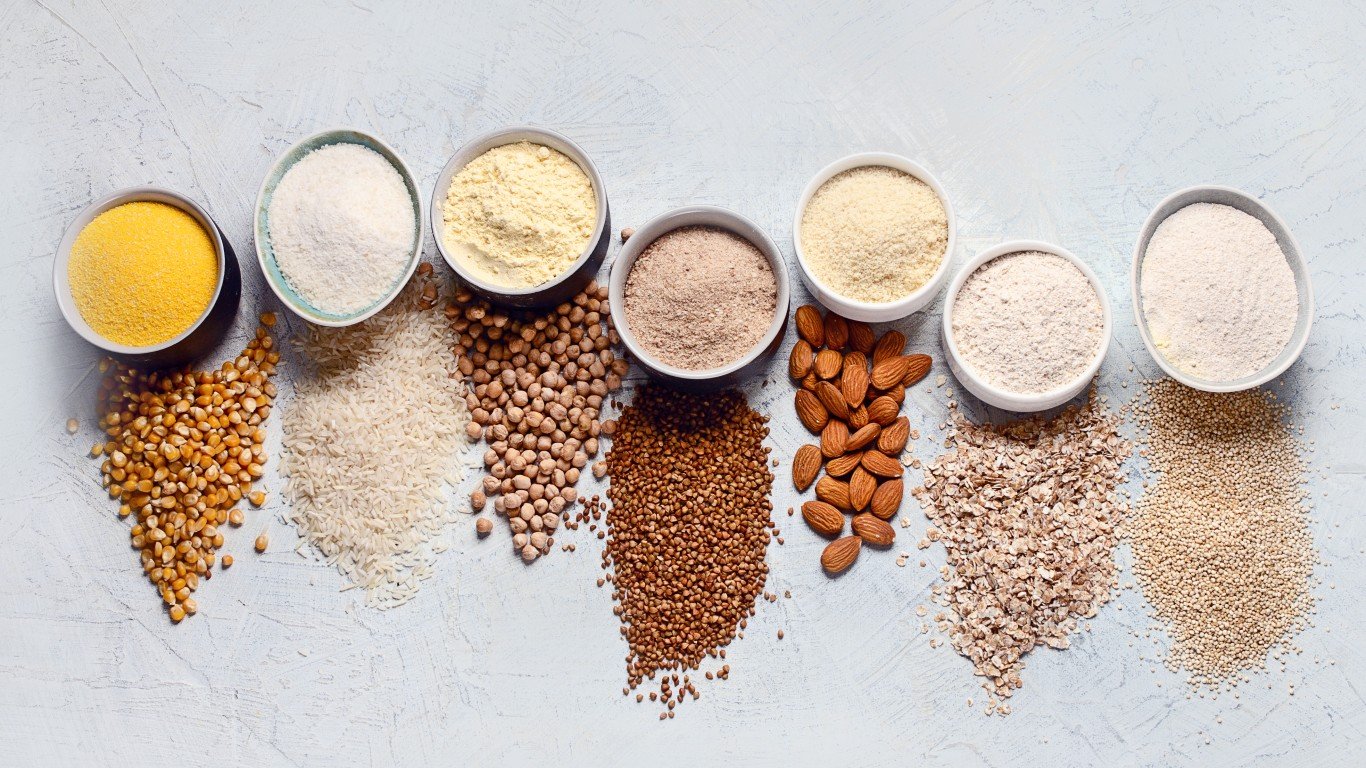
Stock up on whole ingredients like flour, rice, and dried beans. They’re much cheaper than buying prepared or processed foods, such as sliced bread, canned beans, and boxed mac and cheese, and can be prepared with minimal effort when cooked in bread makers, rice cookers, and crock pots. Plus, it’s healthier too.
Start meals with a relish tray
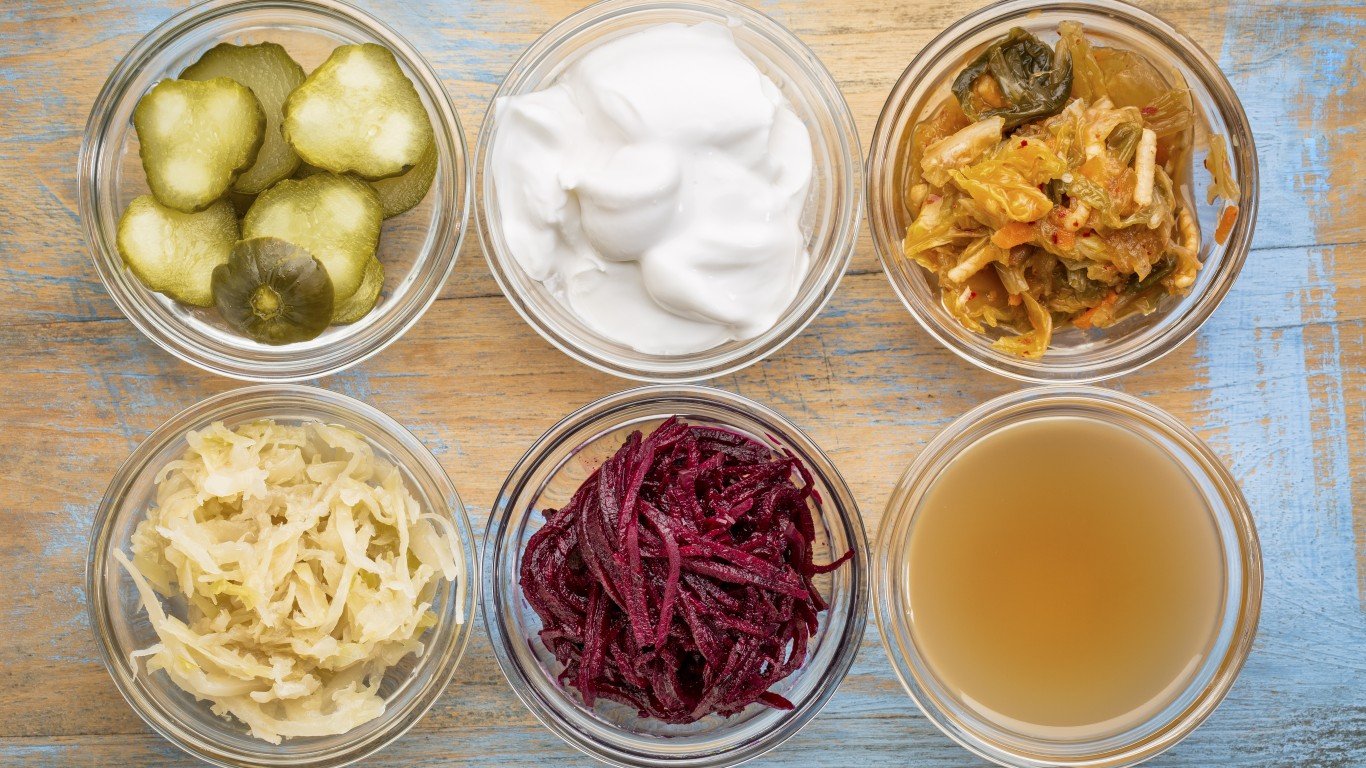
Pickling was originally intended as a way to preserve foods, but Depression-era families would often start their meals with an appetizer of pickles and relishes. Garden fruits and vegetables including watermelon rinds, beets, okra, and green beans were pickled in the fall and could be enjoyed all winter. Pickling can also extend the shelf life of perishable foods.
Stretch ingredients by making soup
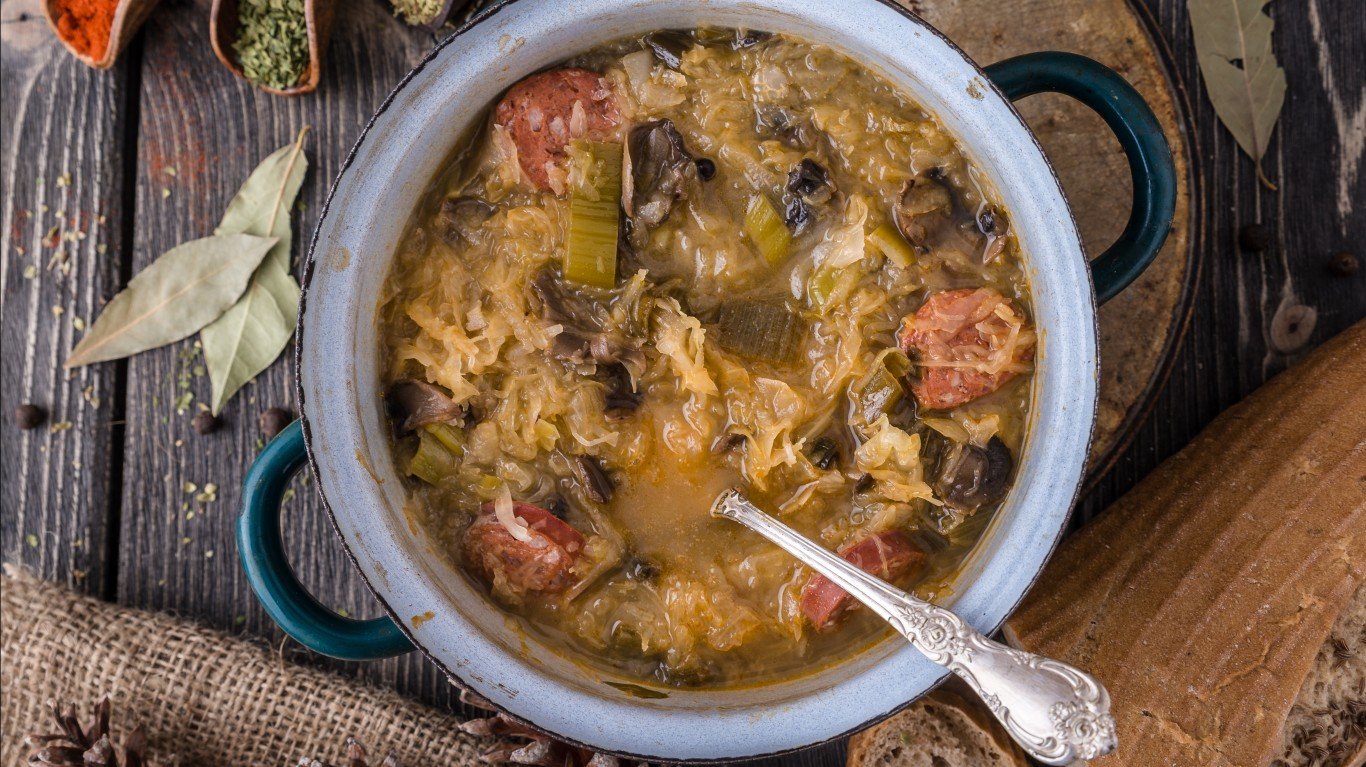
Soup is a popular form of food today, with around 95% of people claiming to enjoy it, but it was also incredibly popular during the Depression. This meal contains mostly water and could be stretched to feed large families with few ingredients. Cabbage soup was common, as were potato soup and corn chowder. Mulligan stew, also called hobo stew, was a mixture of whatever was on hand.
Learn to cook cheap cuts of meat
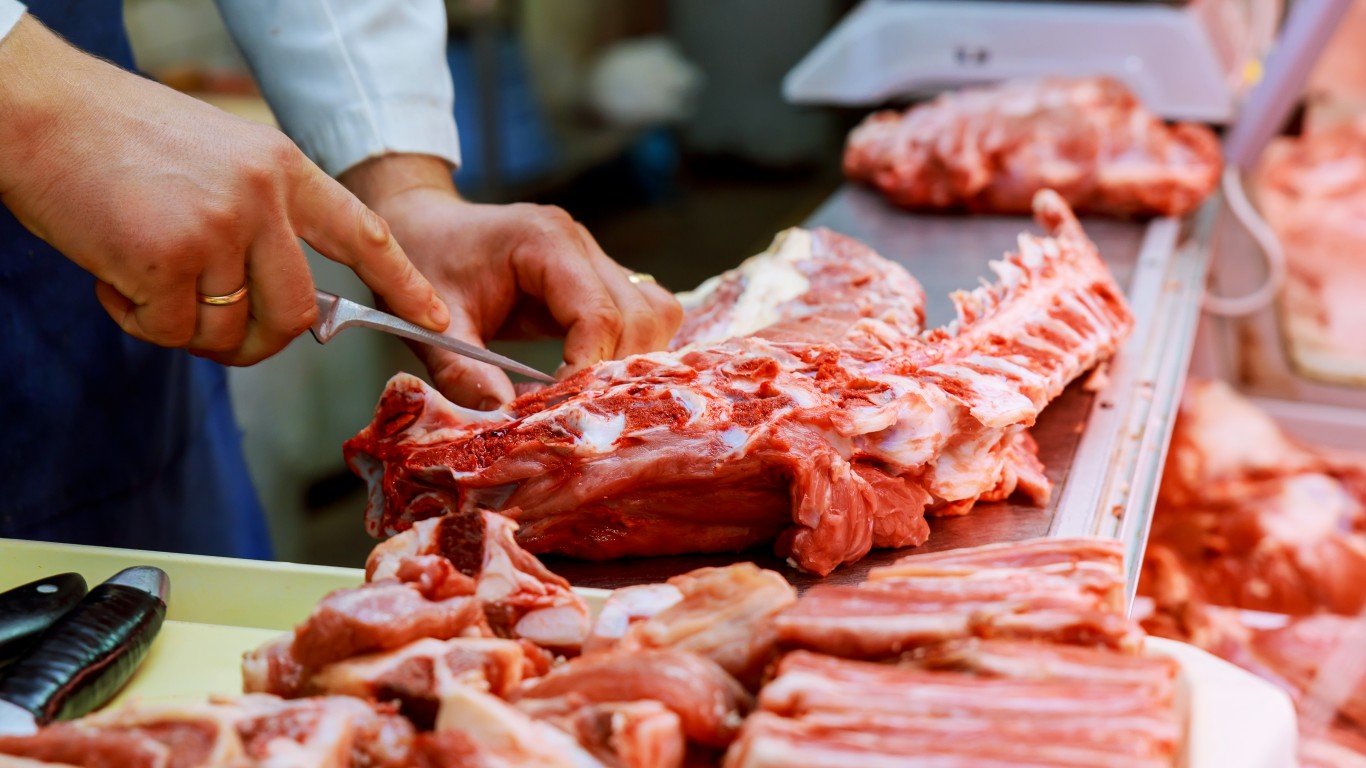
Cheap isn’t always equated with lower quality, and often, less expensive items can be made delicious. Cheaper cuts of beef, including chuck and brisket, will be meltingly tender when cooked at a low temperature for hours, and when prepared properly, livers, tripe, trotters, cow tongue, chicken necks, and gizzards can all be delicious.
Buy day-old baked goods
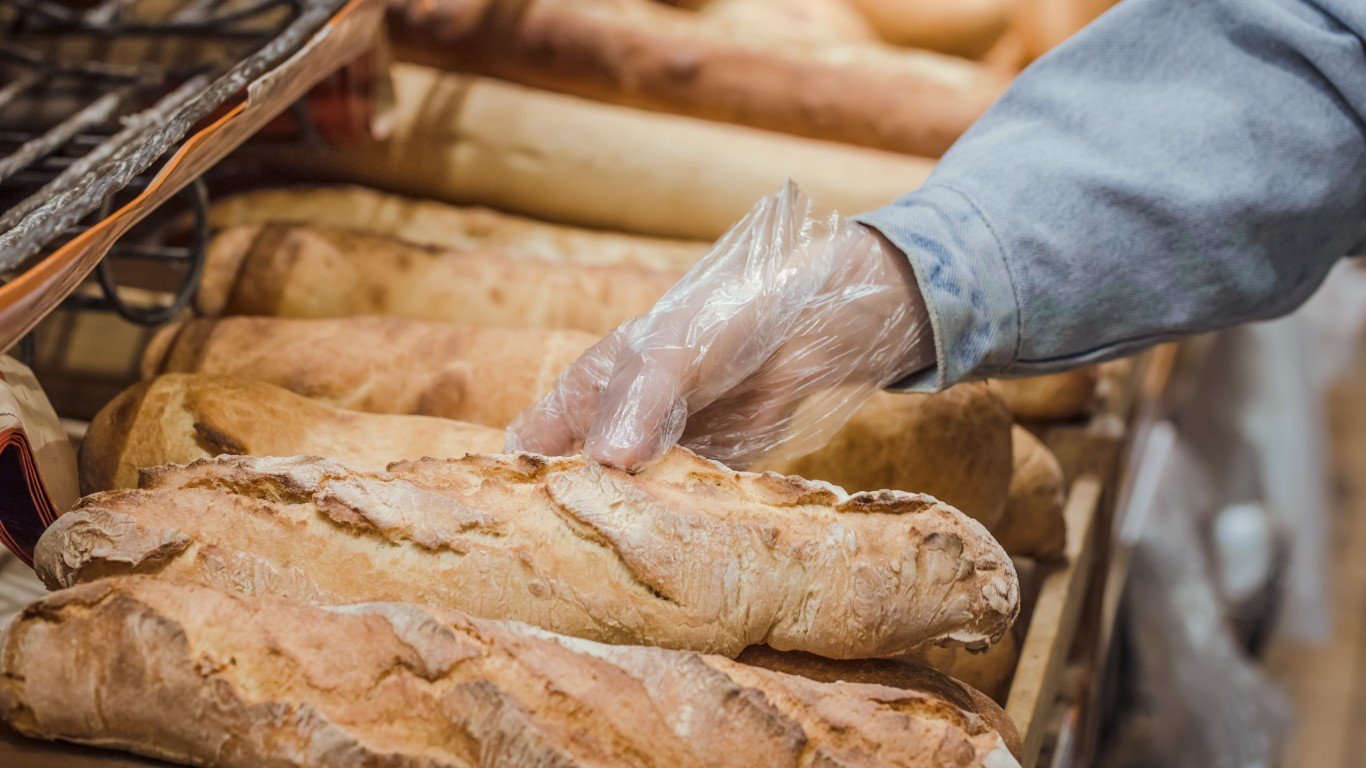
Fresh bread can often be a bit pricier but if you must buy it, or other baked goods, check out the discount section, where day-old breads and pastries are available at a fraction of the usual price. It also helps to reduce food waste, and if you have leftover bread already, a little time in the oven or toaster can work wonders.
Go fishing

Catching your food is not only resourceful, but it cuts back on how much you’re spending. Many families relied on fish, mussels, clams, oysters, crabs, and crawfish as free sources of protein during lean times. Different areas and regions may not have had access to the same species – those who live inland typically wouldn’t have been able to get coastal species, but if they were fortunate enough to live near a river, brook, or pond, they could still catch freshwater fish.
Save fat for frying

Bacon fat, sausage grease, and other forms of animal fat left in the pan after cooking are full of flavor. None of these went to waste during the Depression but were saved in the pan or scraped into a jar and later used for frying or even making gravy or biscuits.
Use substitutes when baking

Substitutions are made frequently in today’s kitchens, but back in the day, due to rationing, certain baking ingredients, including eggs, butter, and sugar were hard to come by, so home bakers had to adapt. One or two eggs in a recipe could be made up for with corn starch. Oil could be used instead of butter, and honey or even melted candy could be used in the place of sugar.
Buy ingredients in bulk
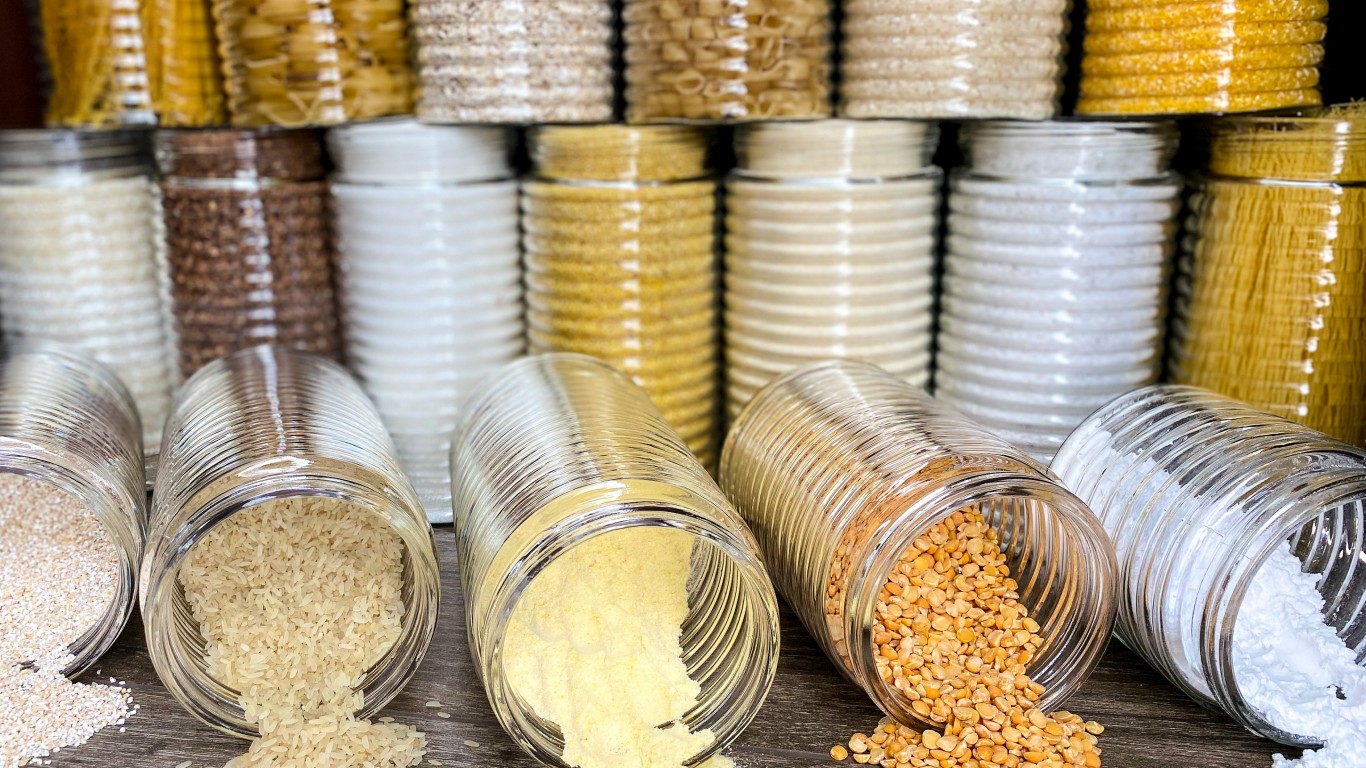
You may not need that giant tub of mayonnaise, but when it comes to buying certain staples like flour or beans, a larger bag may be more expensive up front, but will be cheaper per pound than buying a small container. When families could budget to buy ingredients in bulk, it paid off in the long run.
Preserve garden vegetables
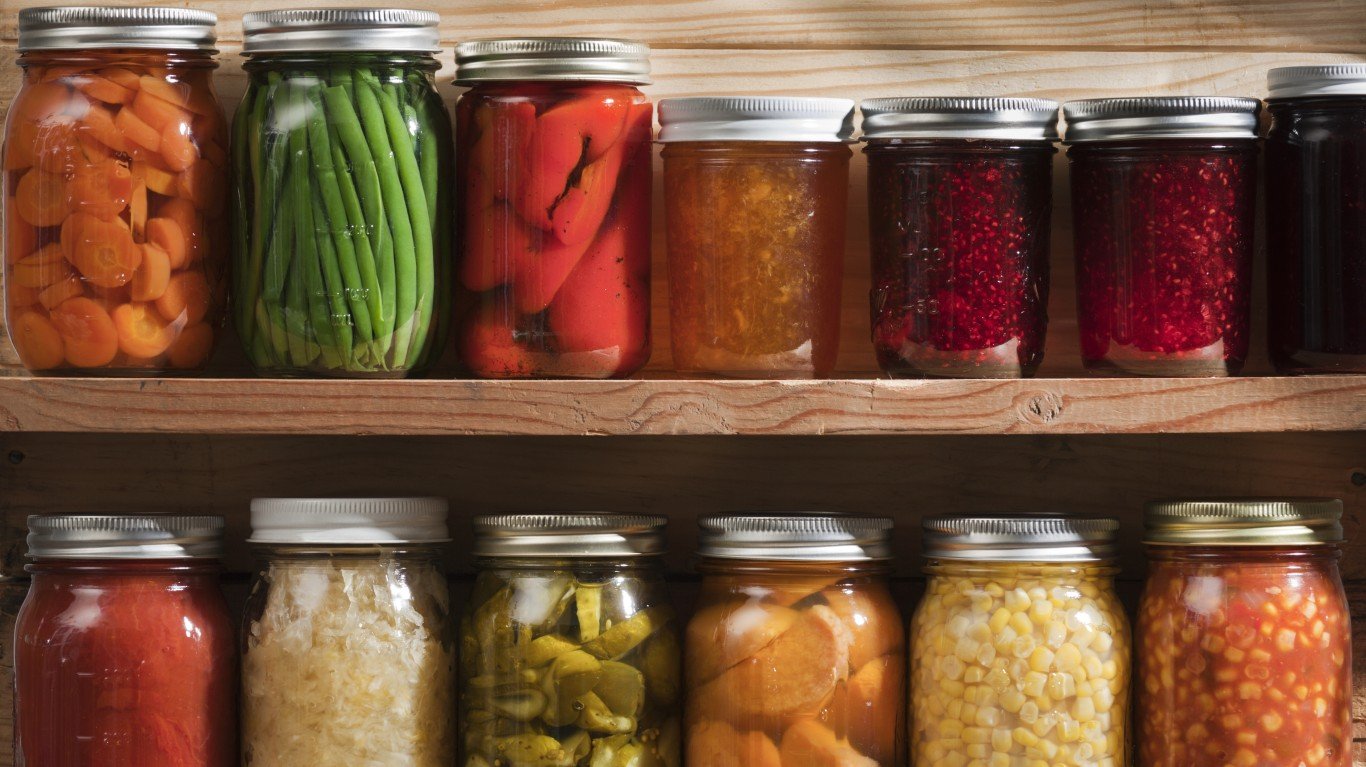
Food was not wasted during the Depression. Those who had space to garden would grow as much produce as they could, and they would use it all. Extra tomatoes, corn, peppers, and fruits were canned, while cabbage was fermented into sauerkraut, and beans were dried and shelled. Those who didn’t have gardens could still glean vegetables from farm fields and preserve them.
Water down juices

Adding water to many juices was a common tactic for stretching beverages in homes and soup kitchens. Watering down beverages like fruit juices that contain a rather high amount of sugar is probably still a great idea.
Cooperate with neighbors

Neighborhood gardens sprouted up in empty lots and in rural areas, farmers would barter with one another. If one grew a large corn crop and another grew wheat, they could exchange some of their harvest. People who owned a flock of chickens could trade eggs for pork or vegetables raised by the neighbors. The community gardens of today operate in a similar vein.
Avoid eating out
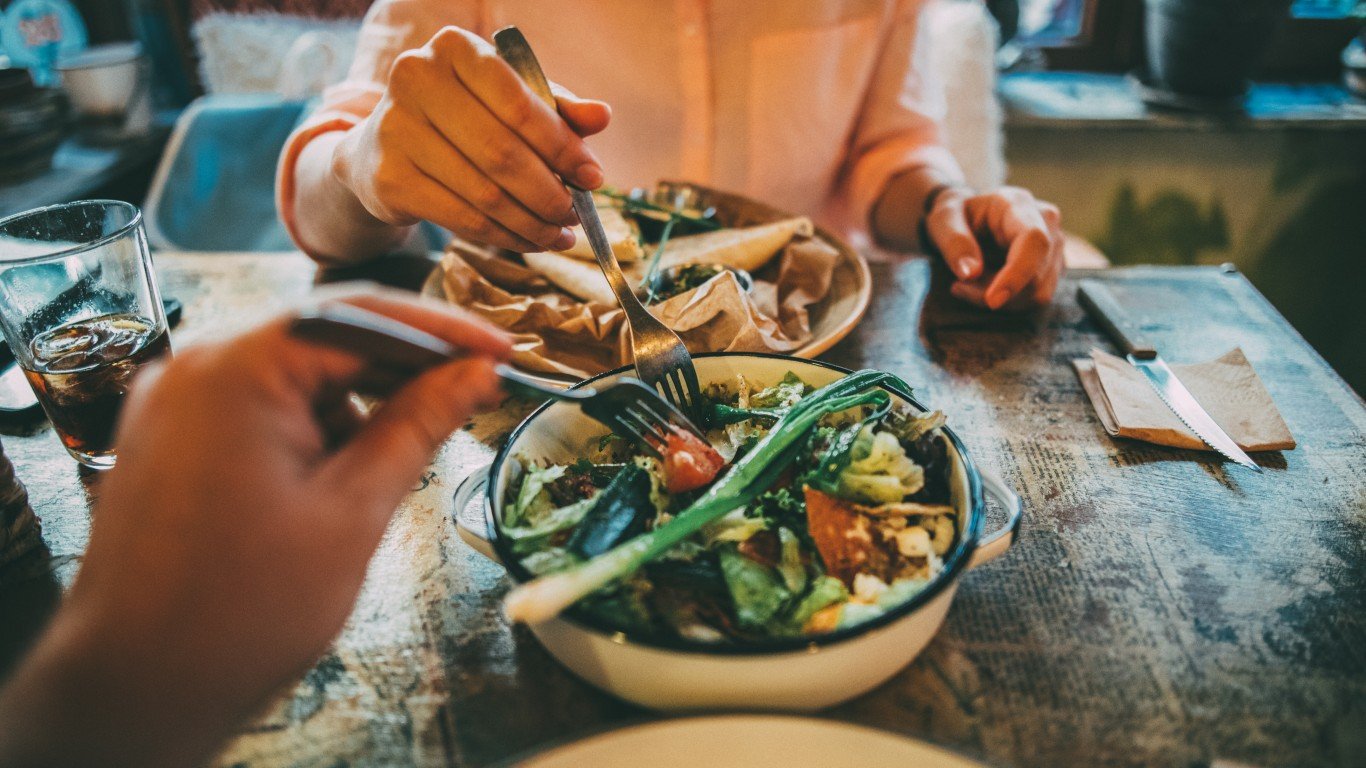
Although people ate out on occasion, it wasn’t as popular as it is now. To save money, workers often brought their lunch from home and even carried their coffee in a thermos to avoid having to buy anything during the day. The cost of one meal out could be equivalent to three or four meals prepared at home.
Rely on beans for protein
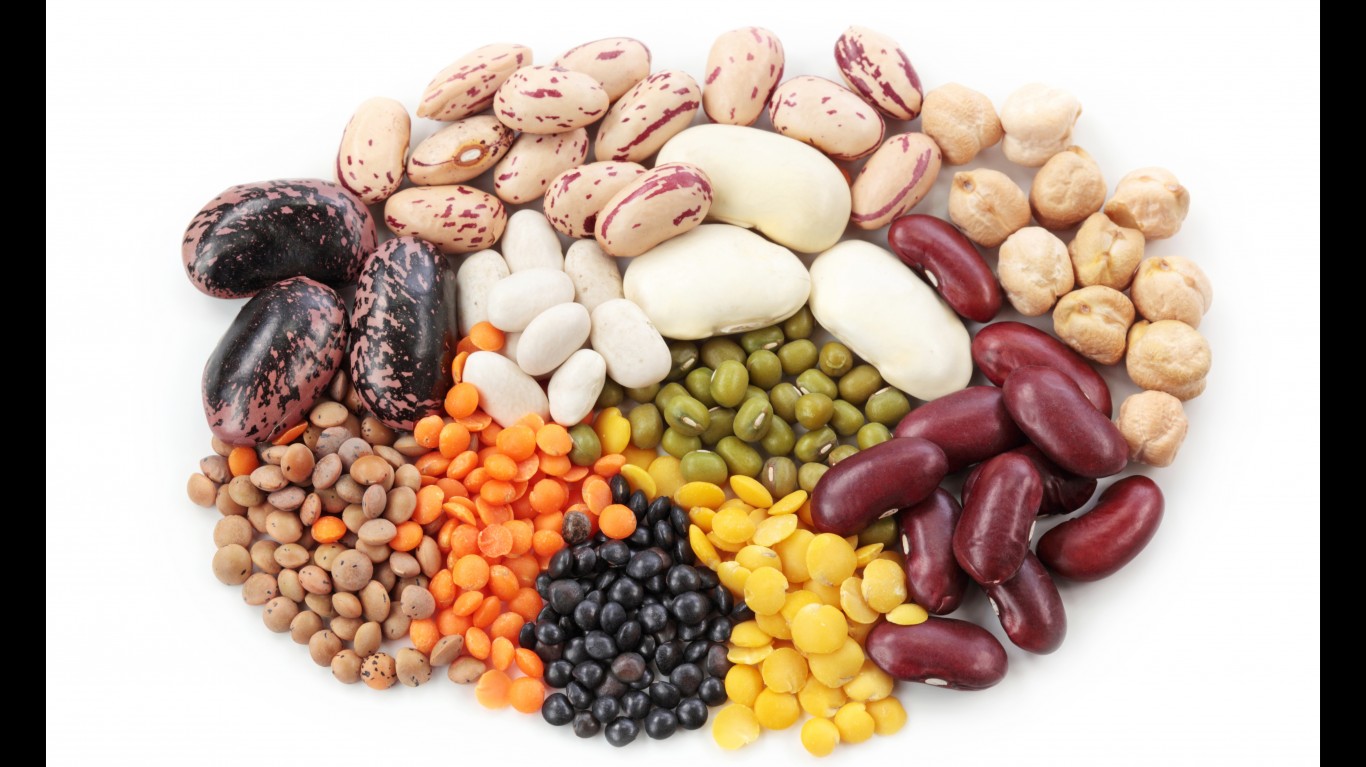
Protein is a vital component of healthy nutrition but what we often associate with it, like fish and beef, are often higher prices. But beans are cheap, easy to prepare, and require no refrigeration until after they are cooked. While meat was often a luxury, beans and legumes provided many families with the majority of the protein they needed. Navy bean soup, baked beans, and chili with kidney beans were common weekly meals.
Save stale bread
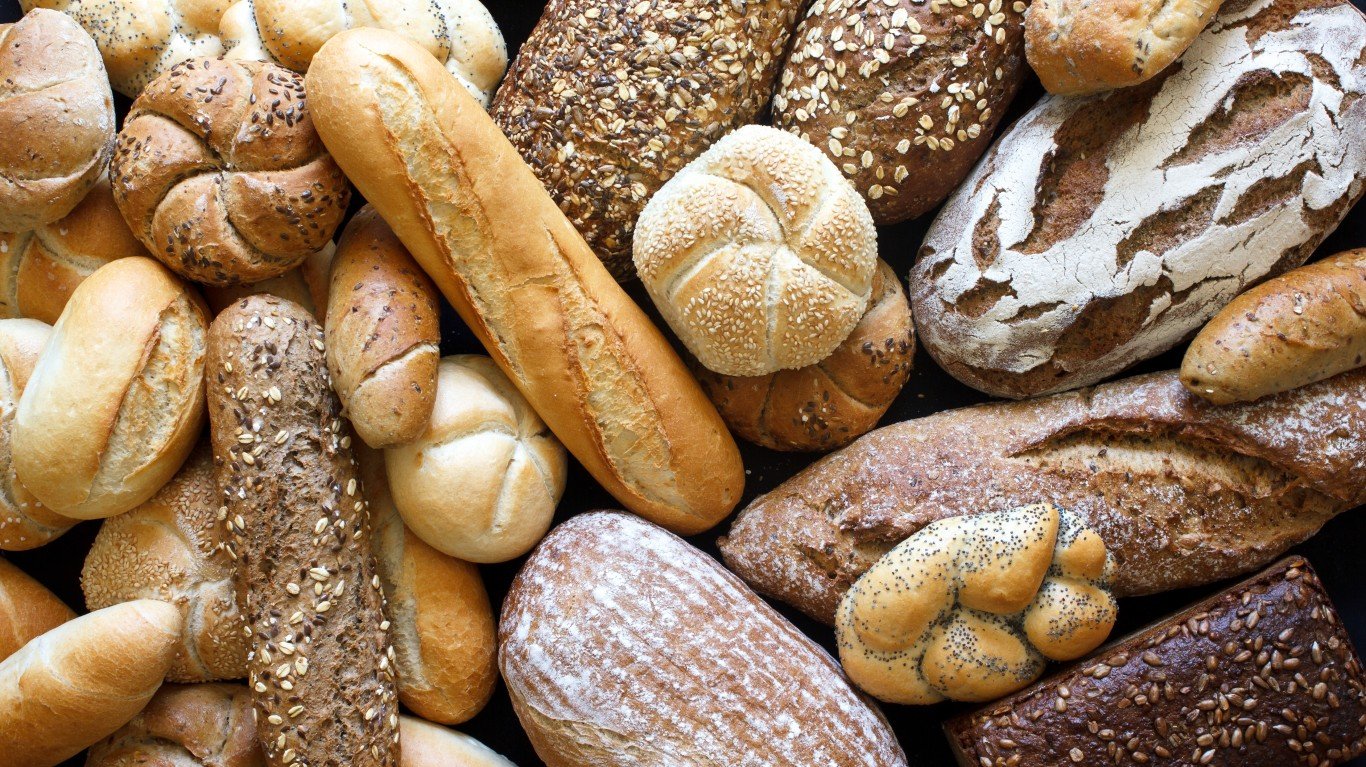
There are many things you can make yourself and cut down on expenses and bread crumbs are one of them. Stale bread was never wasted and was repurposed to be useful in several ways. It could be crumbled and used to bread chicken cutlets or to fill out meatloaf or hamburger patties. It was also commonly cubed, turned into stuffing, and served with gravy.
Use vegetables in the place of meat
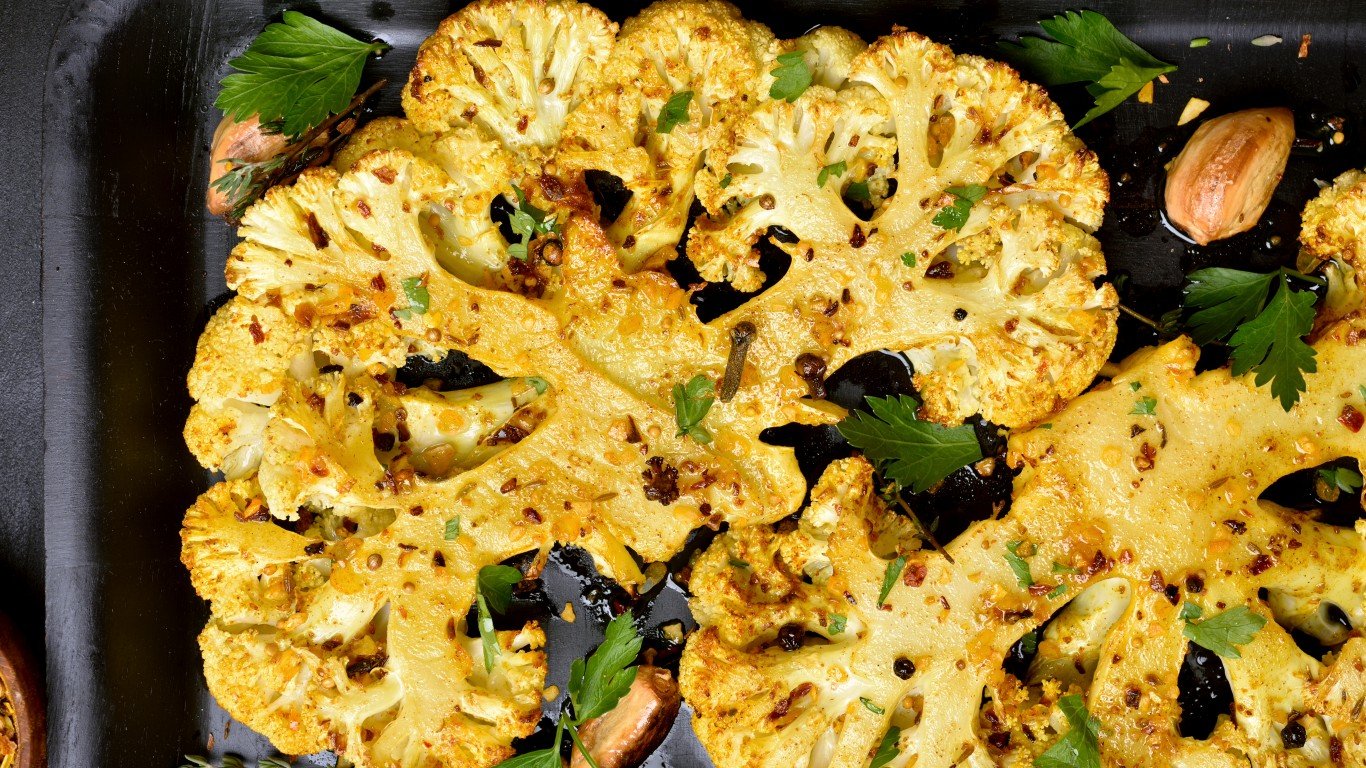
Much like the cauliflower steaks of today, families in the ’30s would sometimes use vegetables in place of meat. A breaded cabbage leaf with gravy over rice could serve as a substitute for chicken when there was none.
Learn to love potatoes
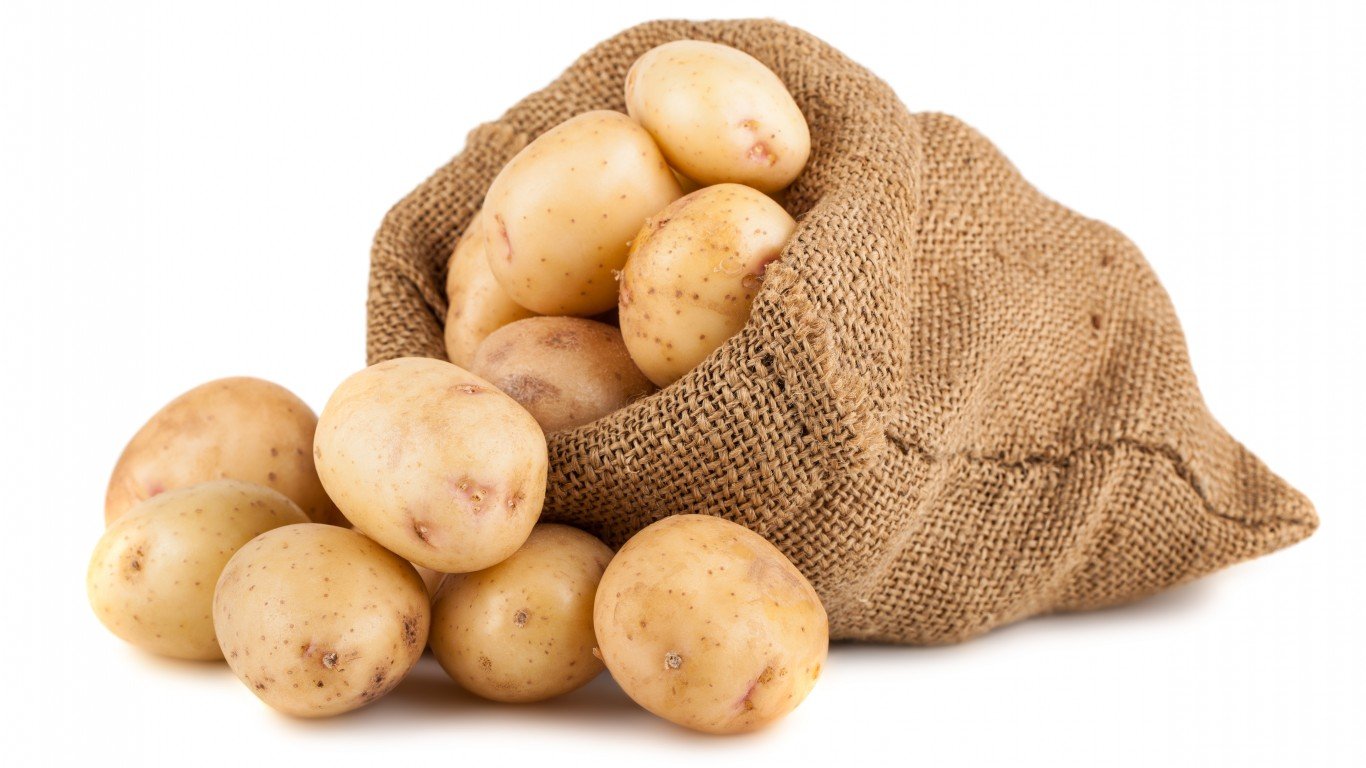
Potatoes were another major staple that home cooks got creative with. Some families ate potato soup multiple times a week, while others had baked potatoes one day, mashed potatoes the next, then turned those mashed potatoes into fried patties for breakfast, and used any leftover patties to thicken a pot of stew. (Click here for a list of common meals people ate during the Great Depression.)
